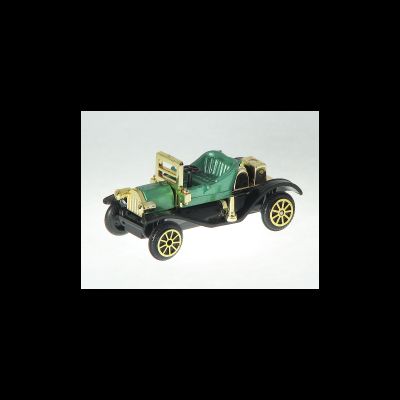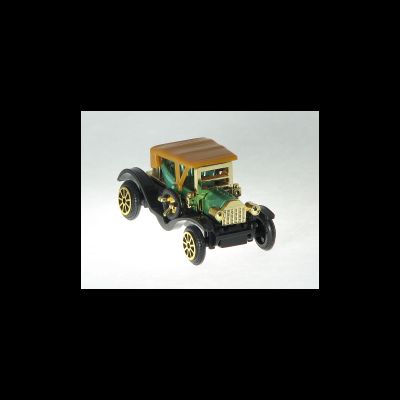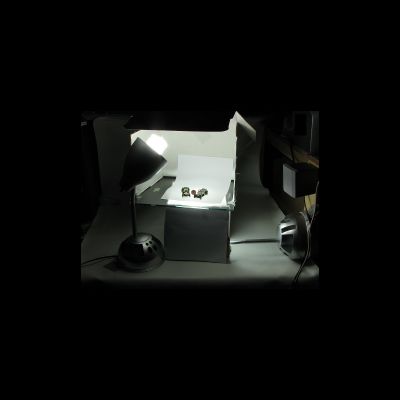Macros - Light Table Using Compact Fluorescent Lamps - Thumbnails
| Additional Information: The other light tables on the site used flash units for lighting. For some cameras, you need a very short exposure time to avoid having the camera apply excessive noise reduction (which reduces the resolution of the fine details). If you can get enough light on a subject with constant lighting, you can use relatively short exposure times (1/10 of a second or less). Shorter exposure = less noise reduction and that means you retain more fine detail. All of the photos here were shot with the Canon S3. No close-up/macro lenses were used. The bulbs are daylight balanced Compact Fluorescent Lamps (CFLs). Daylight balanced lamps are supposed to have approximately the same color balance as actual daylight (not the green you get with ordinary fluorescents). Using the daylight white balance mode on this camera, it was still a bit blue. Switching to auto white balance got it just about right. This camera (and most any mid to high-end camera) allows for full manual operation. This means you can tell it what aperture and shutter speed you want to use. Smaller apertures give better depth of field but require more light (here, it means keeping the shutter open longer). Longer shutter times mean more noise reduction and a loss of fine detail (on some cameras). Opening the aperture more will allow you to use shorter exposure times but possibly at the expense of depth of field. I used no accessory lenses on these shots so the camera had to be at full zoom to get images of reasonably high resolution. I was about 41/2 feet back from the set. At this distance, the depth of field is relatively good. These same shots with a high magnification close-up lens would have had much less depth of field (likely barely enough to get the entire length of the vehicles in focus). I mentioned that it's desirable to use short exposure times and that you need more light to be able to do that. This means getting lots of light on the subject. The CFLs here are supposed to be (and likely are) the equivalent of a 100 watt incandescent bulb. It's not always necessary to shine the light directly on the object. If you remember from the other light table pages, you have to balance the upper lighting with the lighting from below. If you have the top too intense, you will have shadows. Since you're likely using a light table to prevent shadows, you will want to use a combination of direct and indirect lighting. As you can see, the CFLs extend beyond the end of the reflector. Even if the lamp is not facing the object, the object will receive some direct lighting. The majority of the output of the upper light will go to the top and side of the reflective enclosure. This will provide indirect lighting. You will need to move the light around until you get a good balance of light on the object (to reduce the visible shadows). It may take several tries to get it just right but if you're shooting a series of photos of similarly sized objects, you will likely only need to do it once (with only minor adjustments for the various objects). For the original version of this page, I purchased daylight balanced CFLs from Wal-Mart. They were rated as having a color temperature of 6500K and were a bit too green/blue (they were usable but not perfect). For those CFLs and the desk lamps, the cost was ~$25. I later purchased some 5000K CFLs from a photo supplier on eBay and they were much better. The white balance on the camera had no problem getting the correct color balance. This photo shows the difference in the two CFLs. The 5000K lamp is on the left. The 6500K lamp is on the right. The solid color bar across the center is a neutral gray. The camera's white balance was set to 'daylight'. For reference, the coin in the group photo is 3/4" (~19mm) in diameter. |
Notes:
|





